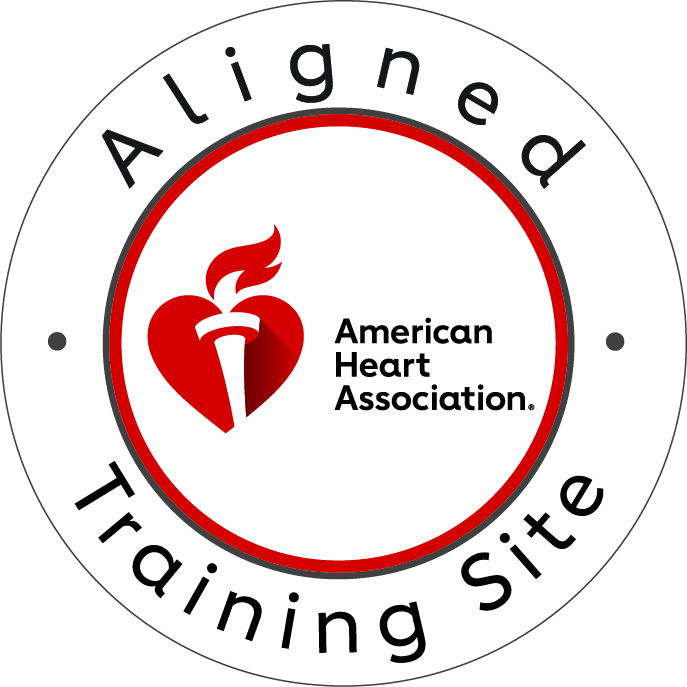Fall! It’s my favorite time of year! The days are shorter, the trees start to change all the brilliant colors, there is a hint of a chill in the air at the Friday night High School Football games! Children of all ages are heading back to school and with that comes a change in schedule. During the summer break, families don’t need to follow such strict schedules, and life slows down. We’re able to shop for food as and when we need it, rather than checking sites like Raise for deals on wholesale places like Sam’s Place so we don’t have to worry about not having the essentials in the home. But now that we are full steam ahead with school, homework, after school practices, rehearsals, games and a multitude of other activities, sometimes we forget how to take care of ourselves and others. Here are 3 tips to help keep you and your family safe this Fall!
1. Heat Emergencies
Even though we might want sweater weather to come yesterday, the reality is it’s still REALLY hot outside. With after school practices taking place in high heat scenarios, overheating can occur quickly! Heat related emergencies are progressive conditions caused by overexposure to heat. Most incidents can be reversed but if left untreated, can escalate to a life threatening condition. Heat emergencies are placed into 3 progressive categories:
• Heat cramps are muscle spasms that result from loss of large amount of salt and water through exercise. Heat cramps are associated with cramping in the abdomen, arms and calves. This can be caused by inadequate consumption of fluids or electrolytes. In order to prevent them, one may drink electrolyte solutions such as sport drinks during exercise or eat potassium rich foods like bananas.
• Heat exhaustion can be a precursor of heatstroke; the symptoms include heavy sweating, rapid breathing and a fast, weak pulse. Get the person out of the heat and into a cool place.
• Heat stroke occurs when the body is overcome by excessive temperatures that elevate the body core temperature to over 105F. The skin becomes hot, dry and red. Vomiting can occur and victim may lose consciousness.
To prevent heat emergencies, adequately hydrate before going outside or exercising, avoid long exposure to warm climate, minimize time in sun during summer and wear proper attire that ventilates well when exercising.
2.Cold Emergencies
Eventually, those hot days are going to give way to cool, chilly days. Cold weather can cause major damage to extremities as well as internal organs.
Hypothermia is marked by shivering, numbness, glassy stare, impaired judgment and loss of consciousness.
To care for a cold related emergency:
• Move the victim to a warm place
• Remove wet clothing and dry the victim
• Wrap in blankets and give warm liquids to drink that do not contain caffeine or alcohol.
Two of the biggest eating holiday’s happen in Fall; Halloween and Thanksgiving! And even though those holiday’s are still a few months away, knowing how to treat a choking person is important.
• CHECK the scene, CHECK the person.
• Have someone CALL 9 1 1.
• Obtain consent to give CARE. If it’s a CHILD, then get consent from a parent.
• Position yourself behind them and place your leg between theirs to act as support if they collapse.
• Have the person place your hand in their belly button. If they can’t, a good measuring line is to find the hips and go in towards the stomach to find the belly button.
• Make a fist with your dominant hand and place your other hand on top of it.
• Pull in and upward making a motion like the shape of the letter “J”.
Continue until the obstruction is removed.
This information is brought to you by CPR and More. We teach CPR and First aid classes. If you are interested in more information on this topic or any of our first aid topics, please check out our website at www.cprnmore.com or call us to set up an appointment at 1. 800. 477. 6193


